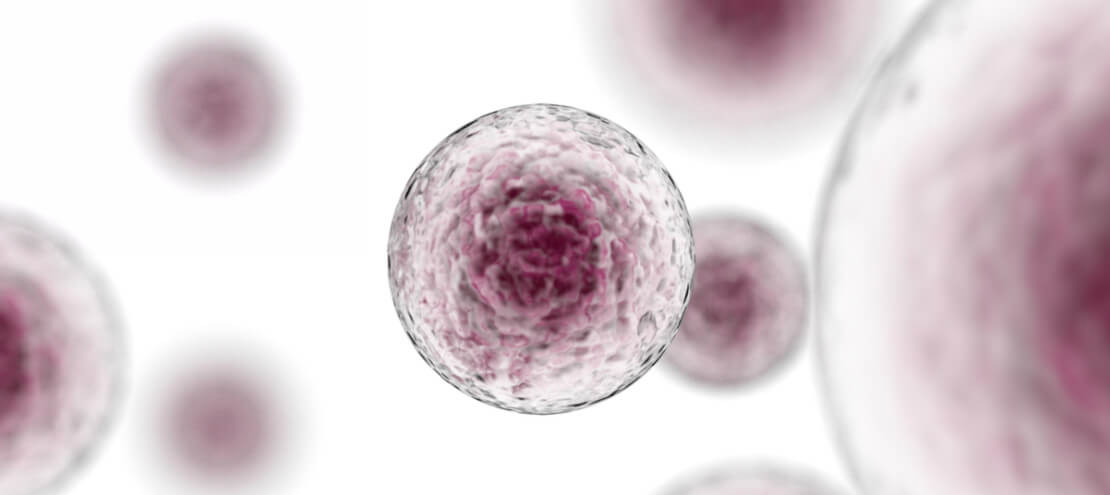
If someone had said 50 years ago that empowering our own immune system would be one of the most effective ways to fight cancer, it would have sounded like science fiction. And in fact, until relatively recently, that’s just what immunotherapy was. A scientist’s dream, a misunderstood mystery at best. As far back as the late 18th century, physicians saw cancer remission in some patients after feverish infections. In the 1890s, surgeon William Coley injected bacteria cultures into cancer patients after some of his patients went into complete remission following a bacterial infection. He observed remission and tumor regression in some cases after the treatment, and his findings were published in what’s credited as the first paper on cancer immunotherapy.
Today, there are over a dozen FDA-approved immunotherapies to treat different forms of cancer, and many more on the horizon. These drugs were used only as a second course of treatment until this past year, when one was approved as a first line of defense – holding out hope as a promising weapon to attack cancer. After all, enabling our own cells is a lot more desirable than injecting our bodies with chemicals. While there were some great successes in 2016, there were failures too: several immunotherapies showed success in only as few as 20 percent of patients. So, does immunotherapy have a future?
First, the victories. In a head-to-head John’s Hopkins study that compared the immunotherapy drug pembrolizumab and standard chemotherapy as a first-line treatment for lung cancer, patients taking pembrolizumab demonstrated better results. The drop in the risk of death was 50 percent greater and progression-free survival was four months longer than for those who took chemotherapy. As a result of these outcomes, immunotherapy is now approved to replace chemotherapy to treat a form of lung cancer.
Another immunotherapy drug, CTL019, demonstrated complete remission in 82 percent of patients in a phase 2 clinical trial for pediatric and young adult patients with relapsed chronic lymphoid leukemia – just one to three months after treatment.
Last month, the New England Journal of Medicine published a report about a man with advanced brain cancer who underwent radiation, surgery and anti-tumor drug therapies – all of which failed – and had just a few weeks to live. After multiple injections of genetically engineered immune cells, the brain tumor began to shrink and almost completely disappeared. More than one year later, he is still alive. The other patients in the clinical trial are experiencing similar results.
2016 had its share of setbacks too. And they’re especially painful when they come after promising results and high hopes. In a clinical trial to approve the drug nivolumab as a first-line treatment, it failed. Only 33 percent of patients in the trial were still alive after five years – more than double the current five-year survival rate. But this also means that two-thirds of patients relapsed after a short-lived response or didn’t respond at all.
And when a therapy that is supposed to save a life takes one instead, it’s a devastating disappointment. Five patients in a phase 2 clinical trial of JCAR015 died from neurotoxicity-triggered cerebral edema –brain swelling. The trial was put on hold as a result.
So, what’s next for immunotherapy? Combination chemo-immunotherapy has demonstrated significant success in B-cell lymphomas and will continue to play a significant role. Combining two immunotherapies to treat melanoma will also continue to show success. And there is still a lot we don’t know that will continue to be explored in the coming year: why some patients respond and others don’t; how to determine which treatments are best for which patients; how it works together with chemotherapy; and whether the tumor will eventually develop resistance even when the treatment is successful.
We need to identify biological markers that will determine a patient’s response before getting their hopes up. We need treatment options that will work with over one hundred different types of cancer, expressed differently in billions of people around the world. And we need to do it all at scale.
While we have just scratched the surface, there is no denying that immunotherapy has started to transform the way we approach cancer. Have we hit some walls and experienced some setbacks? Of course. It wouldn’t be medicine without them. But immunotherapy has given patients who’ve run out of options one more chance. It’s improved odds and extended life. It’s allowed patients to delay, cut back or even avoid chemotherapy altogether.
What’s in store for immunotherapy in 2017? Lots more of it.